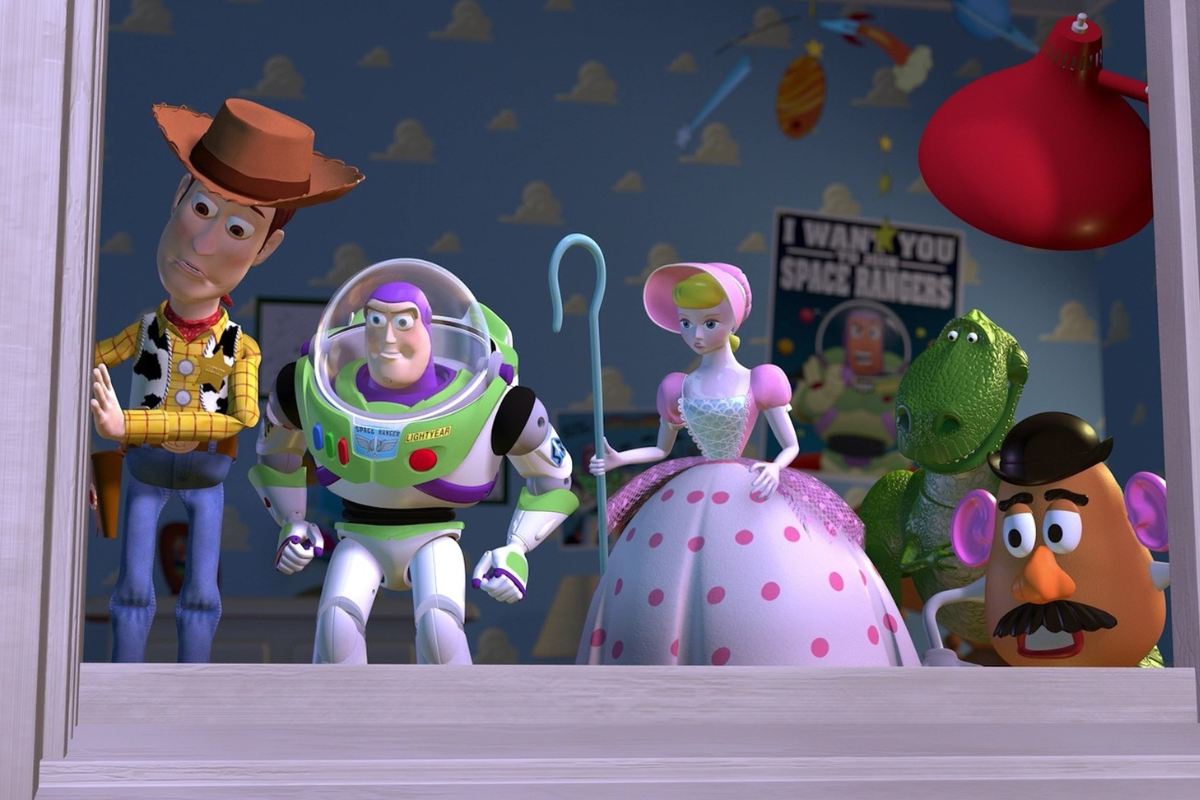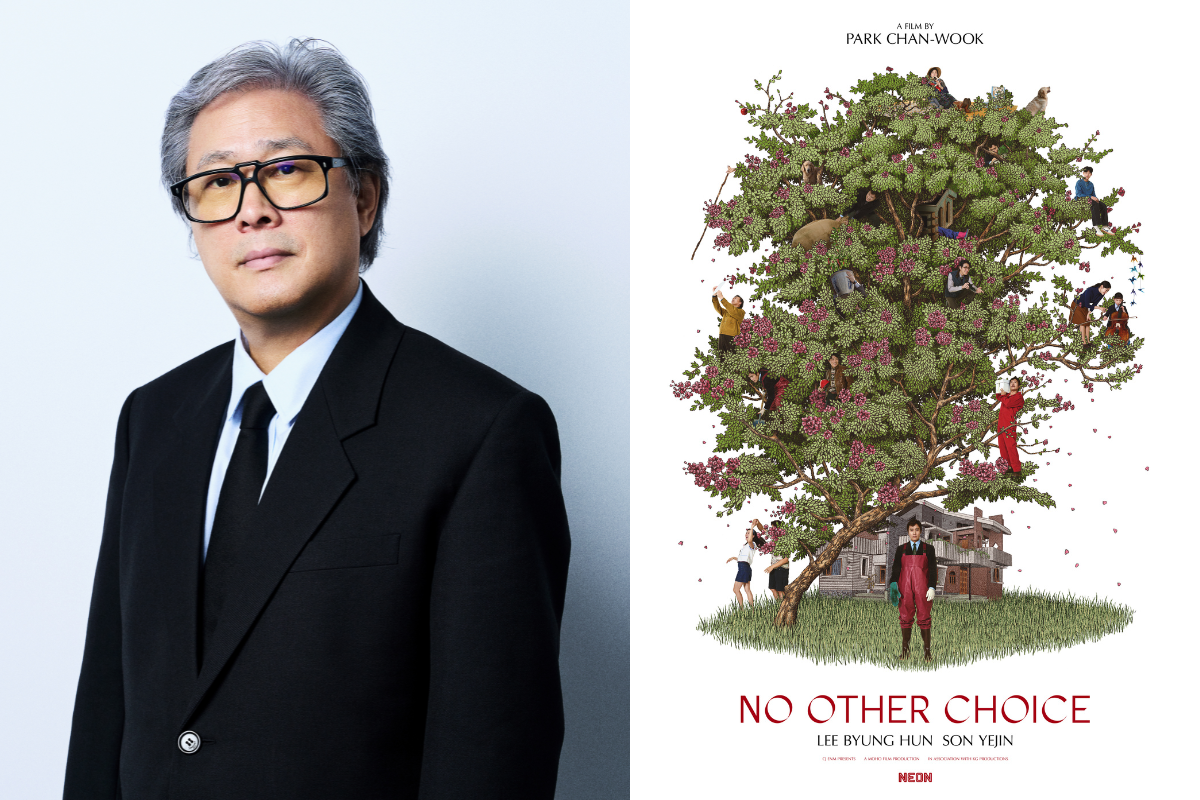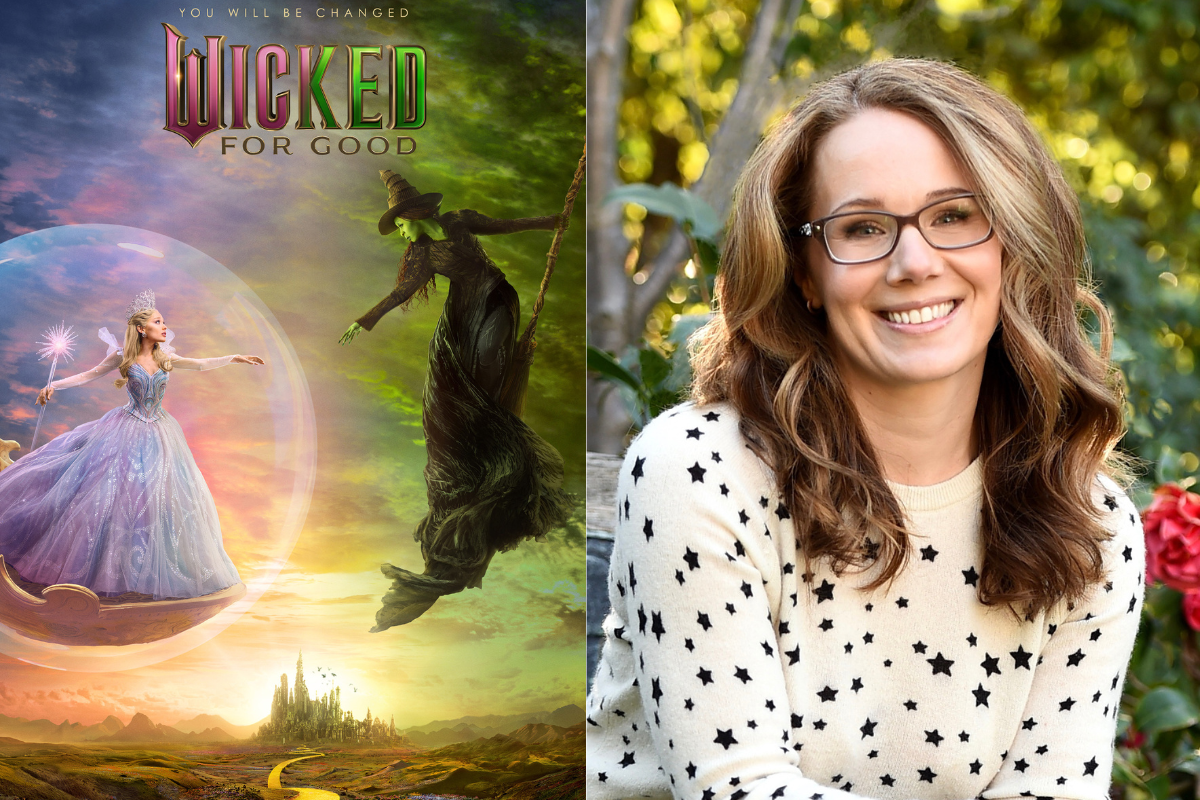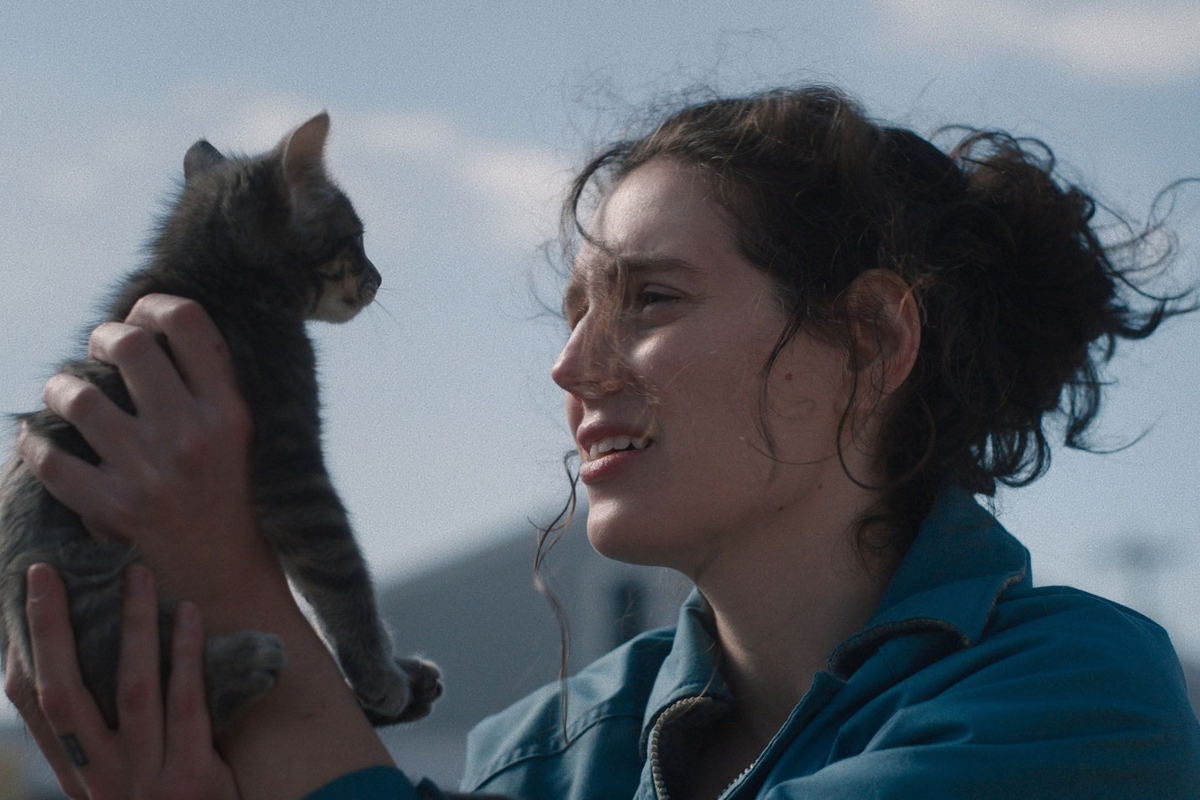Dan Slott Talks Spider-Man: Shattered Dimensions
Fans of Spider-Man will rejoice when they get their hands on Spider-Man: Shattered Dimensions from Beenox/Activision. The game will take you across four universes where you play different Spider-Man incarnations. The story was written by comic book icon Dan Slott and takes players on a mission to restore the Tablet of Order and Chaos.
Fans of Spider-Man will rejoice when they get their hands on Spider-Man: Shattered Dimensions from Beenox/Activision. The game will take you across four universes where you play different Spider-Man incarnations including: Amazing, Noir, 2099 and Ultimate Spider-Man. The story was written by comic book icon Dan Slott and takes players on a mission to restore the Tablet of Order and Chaos.
Not only does Shattered Dimensions feature a bevy of classic villains like Kraven, Sandman, Scorpion and Electro, but includes spectacular voice acting from Neil Patrick Harris, Josh Keaton, Dan Gilvezan and Christopher Daniel Barnes (who are all reprising voice acting roles from previous Spider-Man TV shows).
The following is a one-on-one phone interview with Dan Slott touching on the writing aspects of Spider-Man: Shattered Dimensions.
SCRIPT: Generally a Spider-Man comic book is told in a linear story – you now have an interactive video game with the same character – so what boundaries were opened up for you with this opportunity?
DAN SLOTT: In comics, and this is a mistake that a lot of people who are screenwriters make, when they transition, you just can’t have the characters rattle on forever. In comics you are bound by the short bursts and balloons – when a screenwriter comes in they forget that every word takes up space on a comic book page.
Working on the video game on some levels frees you completely because it’s all going to be audio – it’s all going to be voice actors. In the case of the Spider-Man game working with Neil Patrick Harris, Josh Keaton, Dan Gilvezan and Christopher Daniel Barnes was a thrill to write dialogue for because you knew who was going to speak it. All the restraints were off knowing that Spidey could babble all he wants to his heart’s content.
SCRIPT: The game begins and ends with Mysterio as the antagonist but Spider-Man as the protagonist fights many different villains along the way – what conventions did you use to keep Mysterio active in the storyline?
DAN SLOTT: The old tried and true sub plot. When we were working on the story we already knew what Beenox had planned out for the game and what levels would be involved in the game. We also knew that we’d need some over story that tied it all together and a boss fight at the end.
One of the things I was weary about was that we erred on the side of clarity – the story should be easy to grasp and easy to remember. There are some game players that are going to spend 10-12 hours going straight through but others will play over time and we wanted to make sure the average player who played the game on different occasions would have something that would be easy to remember. So we wanted to progress the Mysterio story so that it was easy to follow – what Mysterio wants, what his goal is, why he’s doing what he’s doing. There was something easy to get – when you think of video games a lot of the times the plot is ‘save the princess’ and that’s it. So it had to be a very easy concept to grasp – about a magical orb that is fragmented into different parts that Spider-Man has to stop Mysterio from obtaining all the pieces.
SCRIPT: Each of the four Spider-Man characters in the game has his own brand of ‘witty’ one-liners – were these taken directly from comic book lore or matched up to fit the characteristics of the voice actors?
DAN SLOTT: Both – you are going for a Spider-Man feel. I got to work on the cut scenes and there were other writers who came in to add some of the one-liners or level specific things in the game. As long as everyone got the ‘Spider-Man feel’ then they would be included. Sometimes we would get notes that requested us to come up with 50 different ways for Spider-Man to say various things like breaking pots, opening doors or getting hit by electricity.
If you are working on a movie or TV show – you have one way of saying something – there may be a need to change a line once or twice but in a video game you have to come up with over 50 ways of saying things.
SCRIPT: Can you explain how you approached writing a cut scene versus laying out an action or interactive scene in the game?
DAN SLOTT: For the cut scenes – they are your Jerry Bruckheimer scenes – they are your big budget scenes where we can do things that are not necessary confined by what’s going to happen in game play – it’s a chance for Spidey to do things that he can’t do in the game. At the same time, you don’t want these scenes to run too long – you want them to be quick and to the point. You don’t want to end up with very long cut scenes – it’s a video game – it’s not meant to be a passive experience. It’s meant to be interactive and you want to get into the action. You don’t want to sit and hear a story, you want to be part of the story. You want to make sure you are moving the story forward but make the cut scenes in quick bursts that will get you back into the interactive part of the game.
The players don’t need that much to get into the actual game play – all you need is the objective and then let the player get back into the game. For writers – one of the things they should know about writing for video games is you are going to have to do a lot of rewrites – that is something they should walk in knowing. If you are cool with that – then you will be a much happier person. Everything is in service to the game and producing the game and the story is only a ‘part’ of that.
SCRIPT: In trying to break in – what things should you have in your arsenal?
DAN SLOTT: The thing you most need is flexibility. You should be a team player. Sometimes you may be off writing your story – it’s like playing golf – you are out there and you are conquering the field, trying to sink the ball. You are part of a team and everyone has a value on the team.
You really need to be someone who can ‘play well’ with others in addition to having creativity and other writing skills. Especially in writing a video game you need to remember that you are not the ‘top dog’ on the food chain – you are there to make people’s lives easier to make the game work. You want to make sure to bring in your best ‘craft’ to the table but ultimately you provide a service for the team.
SCRIPT: Can you shed light on how a writer interested in working in comic books might break into the system?
DAN SLOTT: It is the hardest gig to break into on the comic side, the writing side, because editors who do the hiring don’t have that much time on their hands and because they have their hands full putting books out constantly, at least at the ‘big two’ Marvel and DC. So they really don’t have a lot of time to read unsolicited material and Marvel doesn’t even accept submissions anymore for writers. If you are an artist, inker or colorist you can show someone your portfolio and get immediate feedback, but on the writing side there are so many writers in comics and the editors already have everyone’s name in their rolodex and are more likely to go with someone they are already familiar with than a new writer. The best way to work for the ‘big two’ is to break into a smaller company first or to self-publish a book – a physical comic – and try to get that to an editor. That is something when they’re on a plane traveling or they have time they can flip through that comic and read through it and judge if they want to work with you. It’s weird when the comic industry is looking for new talent they go to other industries – they go to TV writers, screenwriters or novelists and ask them if they want to work on a comic. It’s very hard to break in from the outside – almost impossible. Like most things in the industry – you have to break in through a crack in the wall and once a person goes through that crack – they find a way to fill up the hole and make it difficult for the next person to get in the same way. For more info on Spider-Man: Shattered Dimensions the video game visit –
http://spidermandimensions.marvel.com







